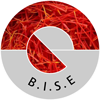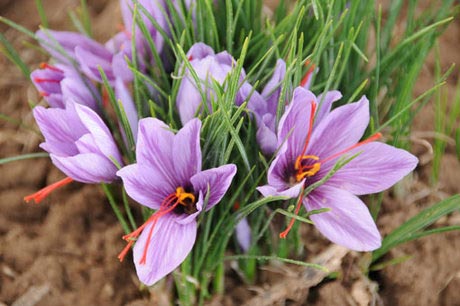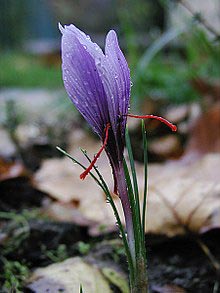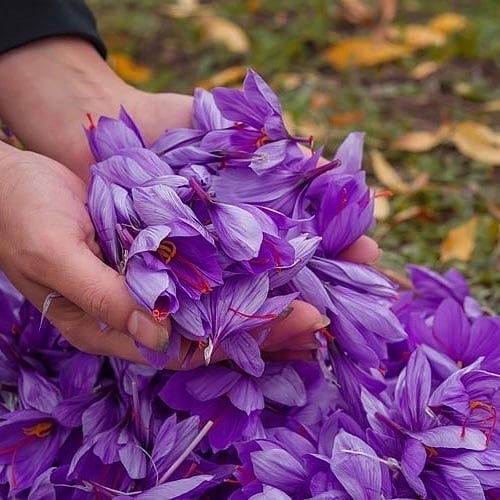In general term is called saffron and its scientific name is ‘Crocus Sativus’. It is one of the most Precious agricultural plant existing in the universe and the only plant which its unit for transaction is Gram or Mesghal (a measuring unit equal to about 5 gr.)
The history of saffron plantation in Iran, which is the biggest producer of saffron and produces over 90% of the world saffron, goes back to 2500 years ago.
Saffron is one of the Iris family plantations and it is raised in the Mediterranean temperature of the West Asia, in the 30 to 50 degree of the north latitude and 10 degree of west to 80 degree of east longitude. It is spread in a very low raining area of Iran, with cold winters and hot summers. Although, other kinds of saffron flowers are used for decorative purposes, but its agricultural kind has a very special place as far as economy concerns.
Saffron is a very unique and incomparable plant with a special specification and a complex technology, which has been transferred chest to chest by the farmers.
The prominent characteristic of this plant are:
l) Appearance of the flower before any other growing part
2) its growth starts in fall and ends in spring
3) lack of fertilizing grain on the contrary of other complete flowers and
4) the necessity of picking the flowers early in morning and before getting hot.
At the present time, Iran is producing over 90% of the whole saffron of the world and is staying in the first place on this concern.
The expansion of Iran Saffron export is very important, as, the advantages of Iran saffron is in such a way that other countries purchase it in bulk and after putting it in convenient packages, will sell it in the international markets as their own product. While other countries has not yet been able to produce a well quality saffron such as Iran due to the regional condition, climate and other factors.








